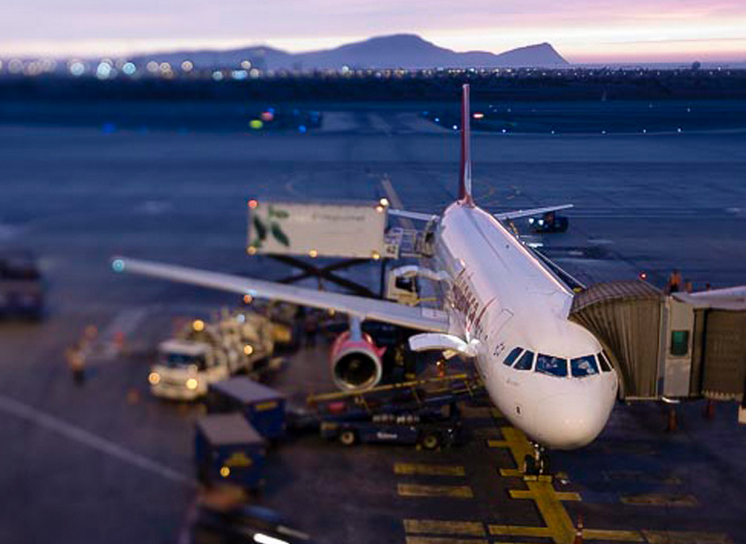BRUSSELS - European airport trade association, ACI Europe releases its traffic report for the Full Year 2020, revealing the full extent of the devastation suffered by Europe’s airports as a result of the COVID-19 pandemic. This is the only air traffic report that includes all types of commercial flights to, from and within Europe (full service, low cost, regional, charter, full freight and others).
Europe’s airports lost 1.72 billion passengers in 2020 compared to the previous year, a decrease of -70.4%.
Olivier Jankovec, Director General of ACI Europe commented: “With just 728 million passengers in 2020 compared to 2.4 billion passengers in the previous year, Europe’s airports were back to their traffic levels of 1995. No industry can on its own withstand such a shock. While some States have taken steps to financially support their airports, only 2.2 billion euros has so far been earmarked for that purpose in Europe. This is less than 8% of the revenues airports lost last year.”
“With further decreases in traffic over the past weeks and no recovery in sight, more needs to be done. Helping out airports is essential to rebuild air connectivity and effectively support local and regional communities and tourism. It is also critical to restore airports’ investment capabilities for the future. Without more financial support, investments in decarbonisation, digitalisation and SESAR are at risk.”
EU airports hardest hit
EU airports (-73% & 1.32 billion passengers lost) were significantly more impacted than those in the non-EU bloc (-61.9% & 400 million passengers lost). This is mainly due to the size and relative resilience of domestic markets primarily in Russia but also Turkey, combined with less stringent lockdowns and travel restrictions compared to the EU market.
The distinct performance between the EU and non-EU market became apparent in the second half of the year. While both EU and non-EU airports saw passenger traffic coming to an almost stand still in Q2 (respectively -97.3% and -93.3%), losses in Q4 stood at -83.8% at EU airports compared to -63.9% at non-EU airports. Again, this mainly resulted from the relative resilience of domestic passenger traffic in the non-EU market (-39.8%) compared to the EU market (-72.9%), although non-EU airports also outperformed EU ones for international passenger traffic (respectively -78.2% and -86.6%).
Within the EU, limited variations in extreme passenger traffic losses also reflected the size of domestic markets and/or the extent of lockdowns and travel restrictions.
As a result, in Q4 airports in Austria, Czech Republic, Finland, Hungary, Ireland, Slovenia and Slovakia were still seeing passenger traffic below -90% - with German and UK airports following closely (-87.9% and -86.6%). At the other end of the (narrow) spectrum, airports in Bulgaria (-69%), France (-78.1%), Greece (-72.1%) and Portugal (-77.2%) slightly outperformed the EU average.
Outside the EU, airports in the larger Russian (-44.2%) and Turkish (-60.7%) markets proved the most resilient in Q4, with those in Iceland (-96.2%) and Georgia (-94.8%) being the most impacted.
All segments of the airport industry were almost equally impacted in 2020 in terms of passenger traffic losses, from the Majors (top 5 European airports) at -71.3% to smaller regionals at -69.4%.
Top 5 major hubs unrecognisable
The 5 hubs listed as Majors in 2019 - London-Heathrow, Paris-CDG, Amsterdam-Schiphol, Frankfurt and Istanbul - lost 250 million passengers in 2020. Frankfurt (-73.4%) posted the largest decrease, closely followed by London-Heathrow (-72.7%), Amsterdam-Schiphol (-70.9%), Paris-CDG (-70.8%) and Istanbul (-59.6%).
By Q4, only Istanbul remained in the top league. The Turkish hub had by then become the busiest European airport, followed by Istanbul-Sabiha Gocken (n.2), Moscow-Sheremetyevo (n.3), Moscow-Domodedovo (n.4) and Moscow-Vnukovo (n.5).
Aircraft movements
Aircraft movements across the European airport network decreased by -58.6% in 2020 compared to the previous year.
Tags: ACI Europe
